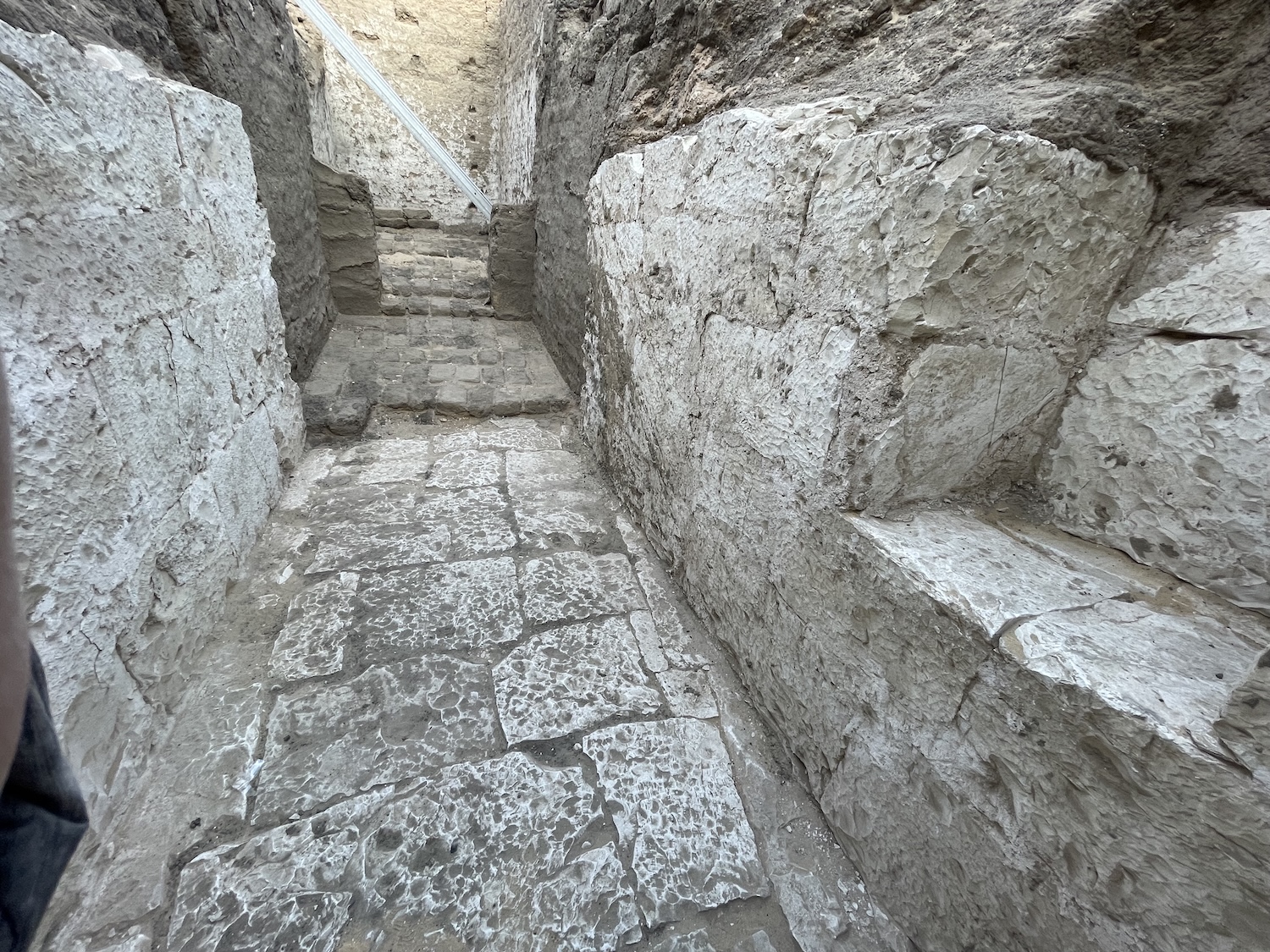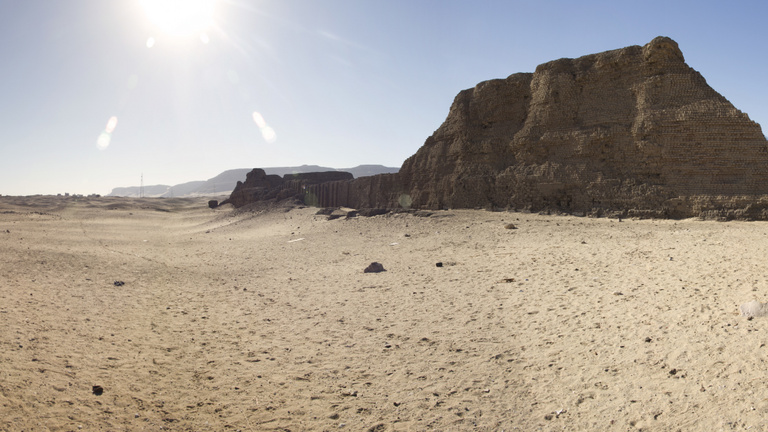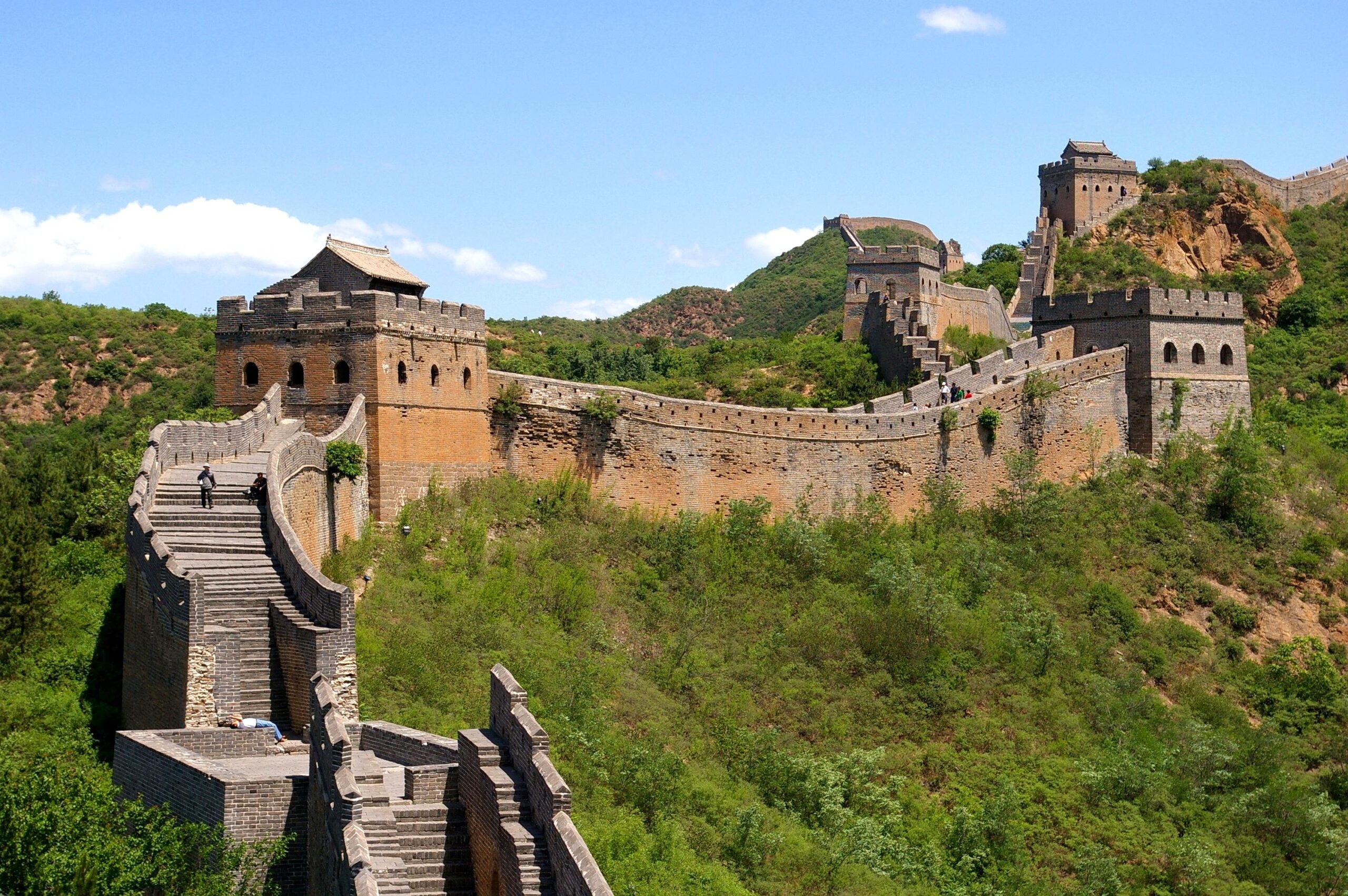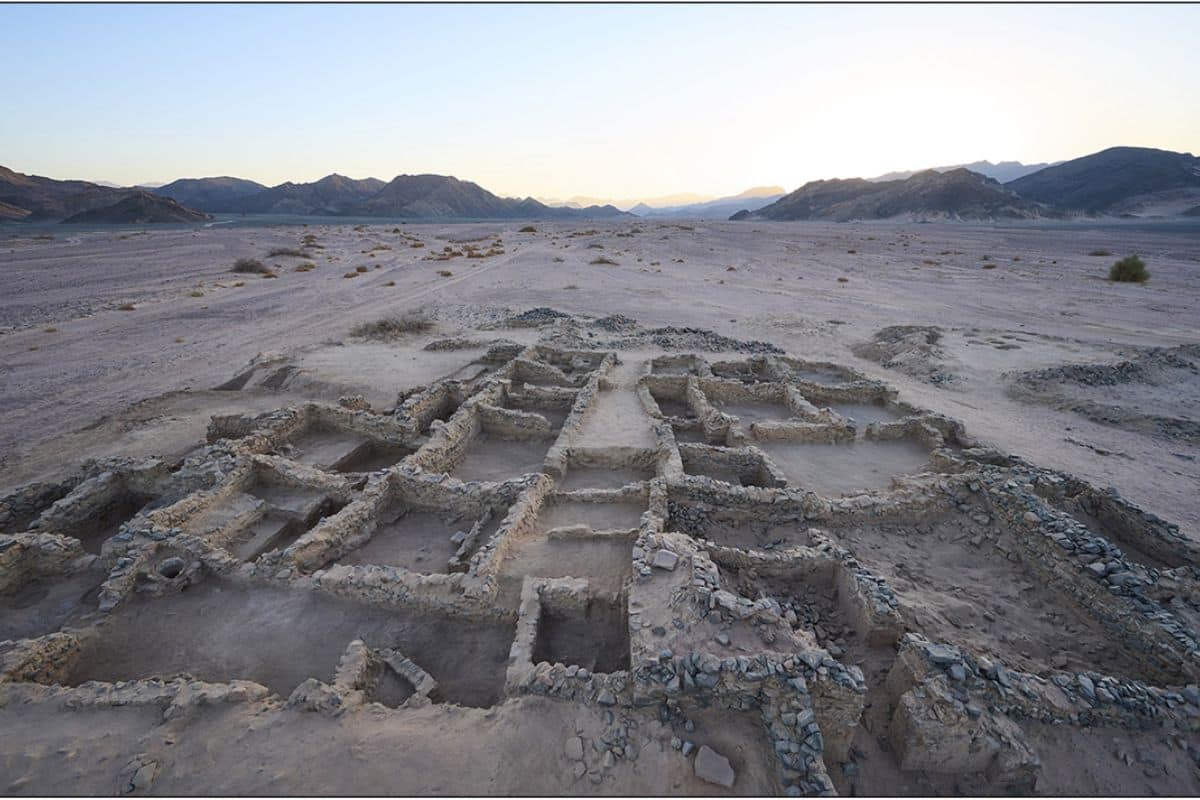
Archaeologists have unearthed a chilling discovery at an ancient Egyptian gold mine—two sets of iron shackles dating back 2,200 years. The find, located at the Ghozza mine in Egypt’s Eastern Desert, sheds stark light on the harsh and often brutal realities of gold mining during the Ptolemaic dynasty (305–30 B.C.).
According to findings published in the journal The Archaeology of the Egyptian Eastern Desert: Recent Discoveries and Research , researchers believe the shackles provide undeniable evidence that forced labor was a driving force behind Egypt’s gold industry, raising serious questions about the human cost of sustaining the ancient empire’s wealth and power.
A Dark Past Buried In The Desert
The discovery was made at Ghozza , the northernmost known Ptolemaic gold mine , which was operational between 250 and 200 B.C. While historical records suggested that Egyptian mines housed both paid laborers and enslaved workers.
Archaeologist Bérangère Redon , who led the research, explained that the shackles were found in an ancient storage building , buried among iron tools and discarded ore. One set contained seven ankle rings and two links , while the other had four links and two ankle-ring fragments . Their purpose was clear: restraining miners to prevent escape.
Redon noted that these shackles closely resemble those used in Greek silver mines at Laurion , suggesting that Greek engineering techniques —and perhaps their system of labor control—were imported into Egypt during the Ptolemaic period.
Forced Labor In Egypt’s Gold Industry
After Alexander the Great’s conquest of Egypt , the Ptolemies opened numerous mines across the desert to extract gold, which funded their military campaigns . While some workers received wages, the discovery at Ghozza indicates that others had no choice in their labor.
Ancient texts mention that prisoners of war and criminals were often sent to these mines as punishment, forced to endure extreme conditions. Yet, at Ghozza, researchers previously believed that most workers were free laborers since no guarded dormitories were found—unlike at other mining sites, where structures were built specifically to control enslaved workers.
The newly discovered shackles contradict that assumption . “These objects give us irrefutable proof of the miners’ status, which we did not have until now,” Redon stated.
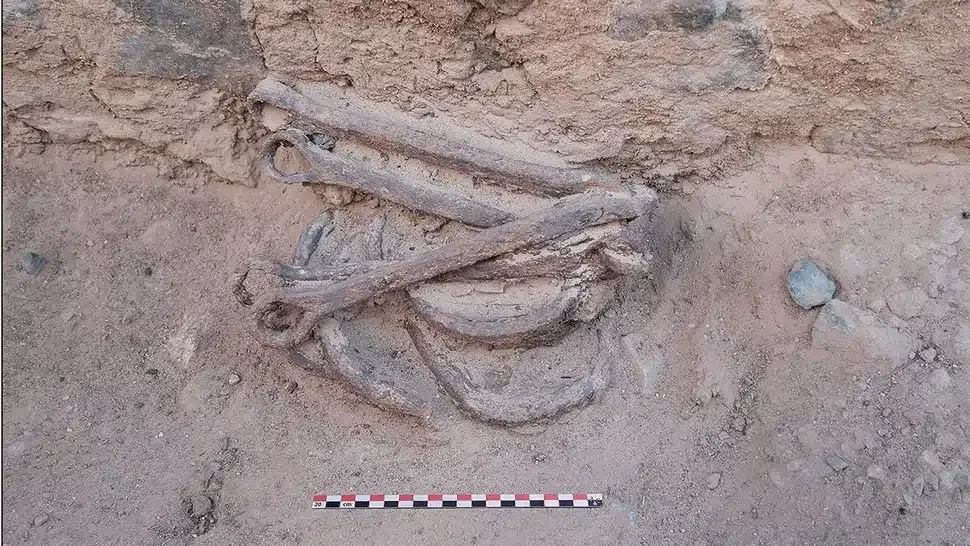
Life And Death In The Gold Mine
The Ptolemaic gold mines were notorious for their harsh conditions . Workers used handheld grinding stones to extract gold from natural ore, a backbreaking process performed under scorching desert heat . Housing for laborers varied, with some sites heavily guarded , preventing enslaved workers from escaping.
At Ghozza, archaeologists also found hundreds of ostraca —pottery fragments used as scrap paper —which provide glimpses into daily life. Some miners received wages, but others, as the shackles suggest, were forcibly detained.
While no human remains were found in connection with the shackles, historical accounts indicate that miners often worked until they died . Ancient Greek historian Diodorus Siculus described Egyptian mines as hellish prisons , where men were condemned to endless labor, subjected to extreme hunger and thirst, and rarely saw the light of day.

A Legacy of Suffering
The Ghozza discovery adds to a growing body of evidence that gold mining in ancient Egypt was not just an economic enterprise, but a brutal system of exploitation. While the gold extracted from these mines helped fund Ptolemaic expansion and maintain the royal court’s lavish lifestyle, it came at an enormous human cost.
The findings also highlight the continuities between ancient mining practices across the Mediterranean world , showing that techniques—and systems of oppression—were often imported and adapted.
Enjoyed this article? Subscribe to our free newsletter for engaging stories, exclusive content, and the latest news.
For more news like this, visit .
